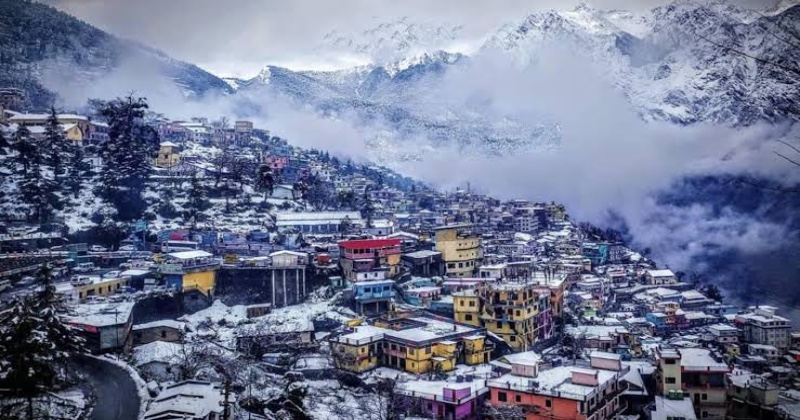
The National Institute of Hydrology Roorkee (NIH) reported that changes in drainage paths and the absence of a drainage system worsened the destruction and devastation in Joshimath.
The report from the National Institute of Hydrology Roorkee (NIH) explicitly stated that the sudden emergence of water at JP Colony in Joshimath on January 1, 2023, was unforeseen. It initially flowed at a rate of 17 liters per minute but increased to 540 liters per minute by February 6 before returning to normal.
The NIH report emphasized that achieving natural drainage in this area is not feasible, citing the geological and geomorphological conditions of Joshimath’s Sunil Ward, Manohar Bagh, JP Colony, and Singhdhar.
The report indicated that constructing drainage systems in this area is highly unlikely. The water that flowed from above penetrated the ground and reemerged as waterfalls around JP Colony. While the Survey of India’s old maps identified six natural water springs around JP Colony, the NIH study identified 16 water springs.
Multiple scientific reports have highlighted that unregulated development in Joshimath has led to the blocking of natural water sources and stormwater drains. The uncontrolled construction along the Chardham Yatra route exacerbated the natural disaster that affected Joshimath.
The report strongly recommends that sector development must be controlled and adhere to established standards, with monitoring through available satellite or remote sensing technology.
In summary, the NIH report identified changes in drainage routes and the lack of drainage systems as significant factors worsening the destruction in Joshimath. The report also stressed the need for controlled development in the area to prevent future disasters.

Post Your Comments